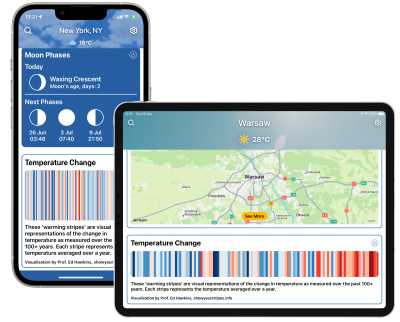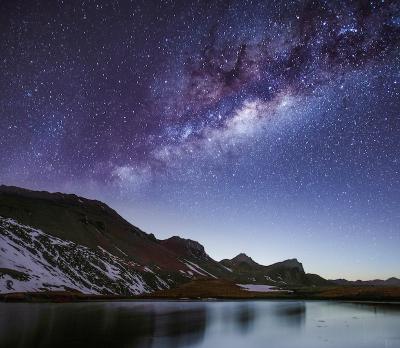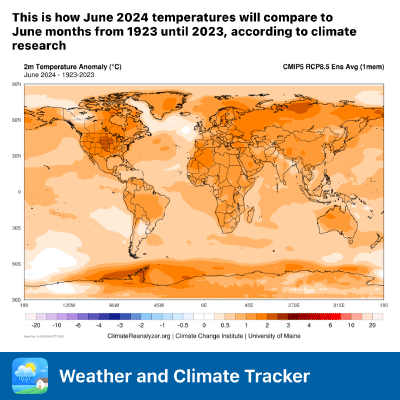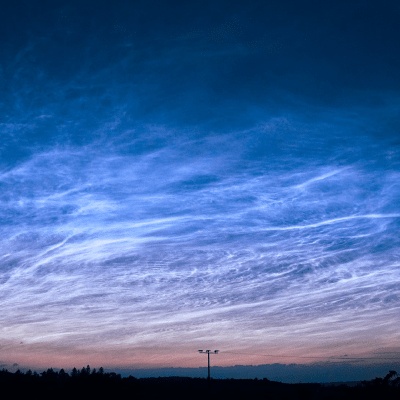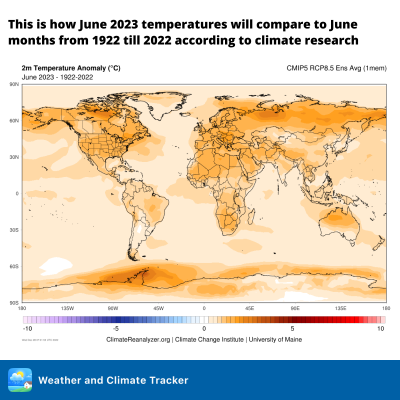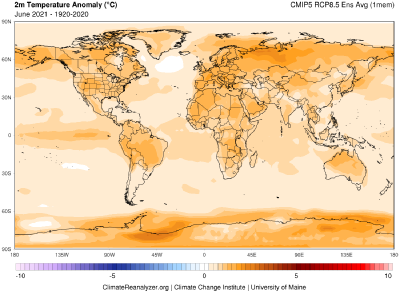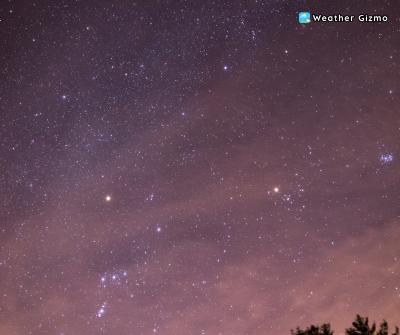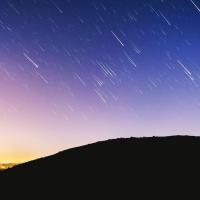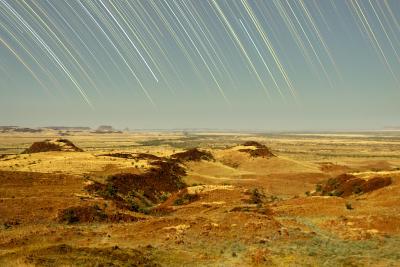
Witness the June Bootid Meteor Shower: A Cosmic Light Show
As summer takes hold, the night sky prepares to dazzle stargazers with one of its less predictable but no less enchanting spectacles: the June Bootid Meteor Shower. Set against the backdrop of the constellation Boötes, this meteor shower offers an opportunity for an impromptu celestial light show. Mark your calendars for the last week of June to catch this cosmic event.
Read more